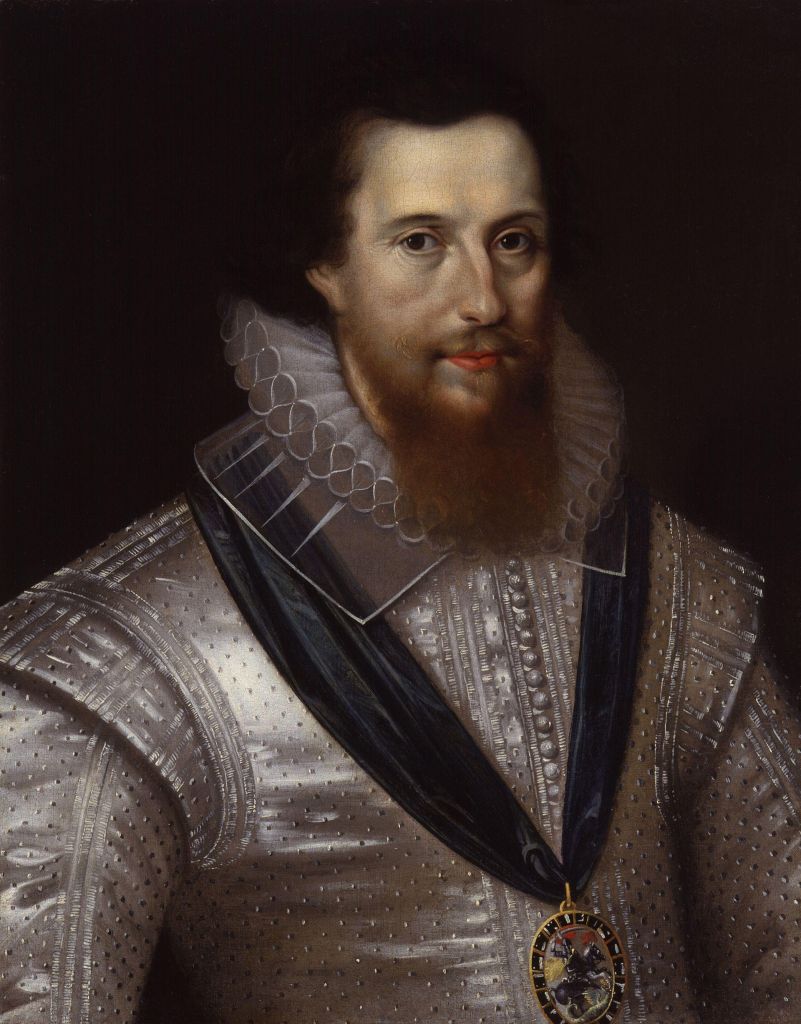In the preceding installment of this series, we delved deeply into the life of the English seafarer Sir Robert Dudley (1574–1649). The discussion concluded with a description of the scientific instruments he bequeathed, which are now housed in the Museo Galileo in Florence. These instruments originated from various makers, and today I will focus on one maker not yet explored in this series, James Kynvyn (c. 1550–1621).
James Kynvyn does not quite match the typical profile of other English instrument makers from the latter half of the sixteenth century. As is frequently the case, there are no details available about Kynvyn’s early years. The information we possess primarily comes from his will, where he is referenced as Jacobus Kynvin, dated September 1615. Here, he is characterized as a citizen and Merchant Taylor of London. This is atypical, as Thomas Gemini (c.1510–1562) started as an engraver upon arriving in England before transitioning to instrument manufacturing. Similarly, Humfrey Cole (c. 1530–1591), a goldsmith, worked at the Royal Mint as an engraver before also pursuing instrument making. Both Gemini and Cole were involved in map engraving as well. Augustine Ryther (fl. 1576–1593) is better known for his engravings than for his instruments and is primarily recognized for his engraved maps. While there are twelve surviving instruments attributed to Kynvyn, there are no extant maps or other engraving commissions connected to him. Additionally, the relatively low quality of the calligraphy on his earliest instruments suggests that he initially lacked significant engraving skills.
The Court Minutes of the Merchant Taylor Company, dated October 26, 1573, state:
“First the Mr [Master] and Wardens aforesaide at the contemplacon of my Lord Mayor his Honour and the request of Sir Thomas Offley Knight have made free James Kynvyn per redempcon gratis.”
Offley, a former Lord Mayor, indicates that Kynvyn was honored by the Company due to the recommendation from prominent City officials. This suggests that he or his family held considerable status. The Will of John William Kynvyn, dated 1617 and presumably James’s brother, further supports this, as it refers to him as a ‘gentleman’. James is also mentioned alongside another brother, Edward Job. Kynvyn’s marriage to Elizabeth Coke is recorded in the church register of St Michael Bassishaw from January 1574. His home parish was Llantilio in Monmouthshire, and at the time of his passing, he resided at ‘my dwelling house in Fleet Street London. All this implies that Kynvyn was distinct from his contemporary instrument makers, who were skilled craftsmen often trained from a young age. Kynvyn clearly hailed from a higher social class during that era, and there is no insight into how or why a tailor transitioned into scientific instrument making.
Only twelve instruments produced by Kynvyn survive, all created within a decade starting from the earliest dated 1593. This would place him around forty years old when he began instrument making, and he lived another twenty years after ceasing this work. We have no information regarding the reasons for his starting or stopping after such a limited timeframe.
The only additional source of information concerning Kynvyn comes from a note penned by the Elizabethan critic and poet, Gabriel Harvey (1545–1631), in his copy of The Mathematical Jewel (1585) by John Blagrave (d. 1611):
“His [Blagrave’s] familiar staff, newly published this 1590. The Instrument itself made and sold by M. Kynuin of London neere Powles. A fine workman and mie kind frend: first commended unto me bie M. Digges, & M. Blagraue himself. … Mr Kynvyn selleth ye Instrument in brasse.”
In this same note, Harvey also mentions ‘old Humfrie Cole.’
‘neere Powells refers to the area around St Paul’s Cathedral, and M. Digges undoubtedly pertains to Thomas Digges (c. 1546–1595).
The earliest dated surviving instrument created by Kynvyn is a compendium made for Robert Devereux, 2nd Earl of Essex (1565–1601), who was a favorite of Queen Elizabeth and a quasi step-brother to Robert Dudley.
Dudley’s father, Robert Dudley, 1st Earl of Leicester, who never married his mother, was the second husband of Robert Devereux’s mother, Lettice Knollys (154
